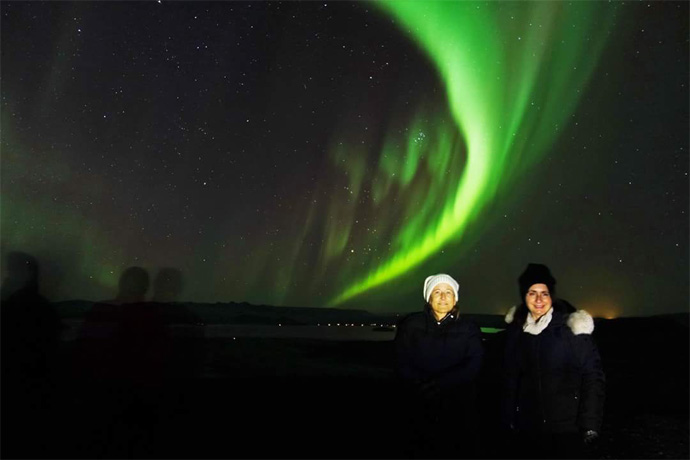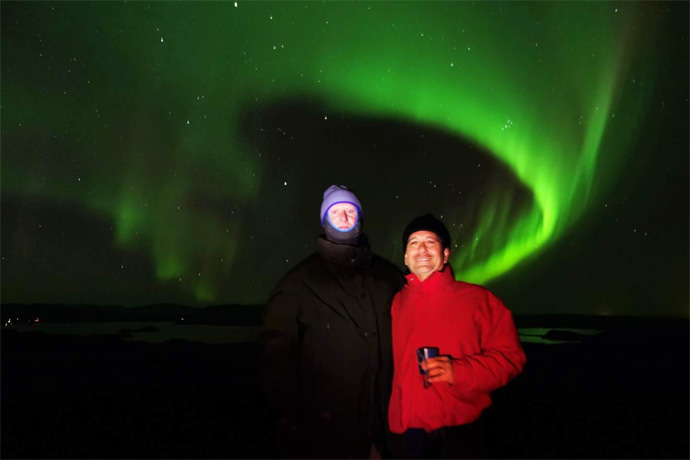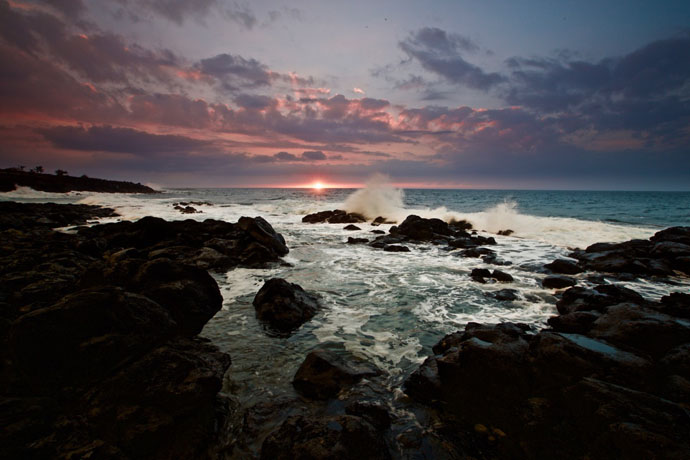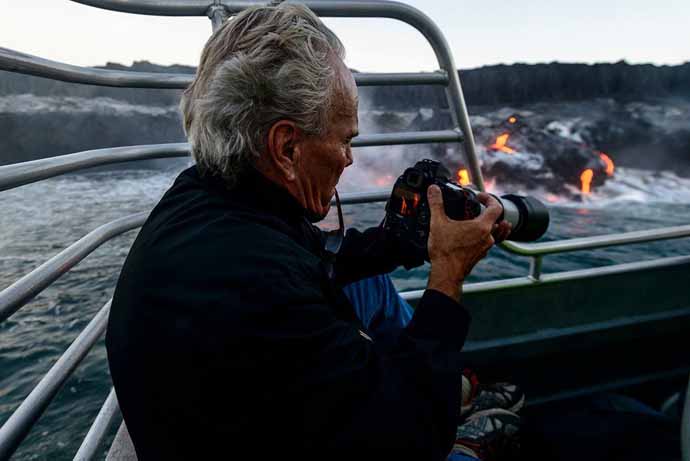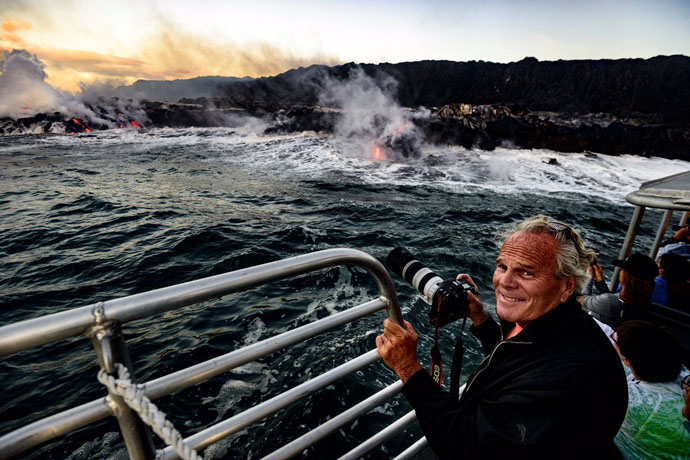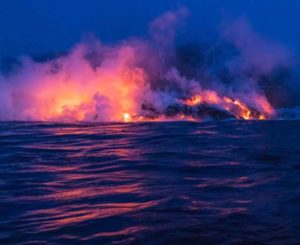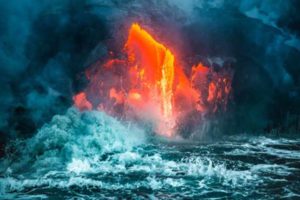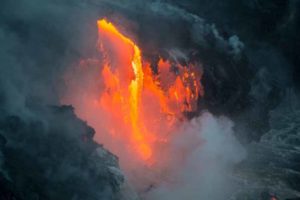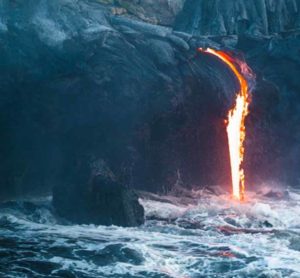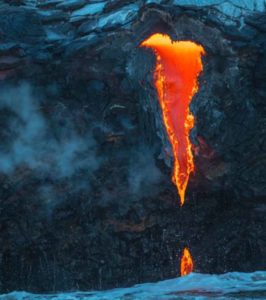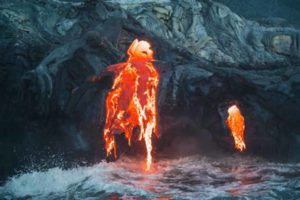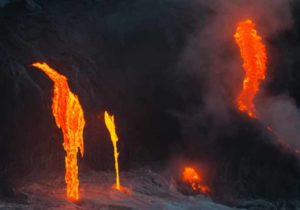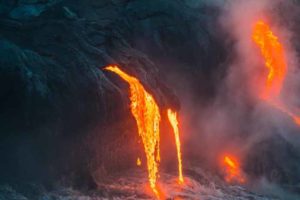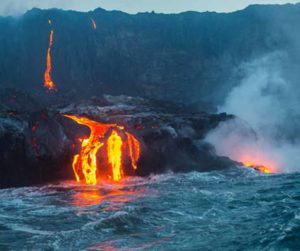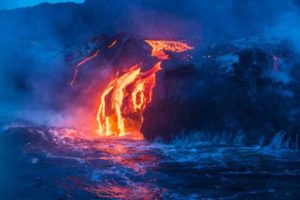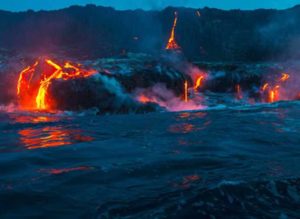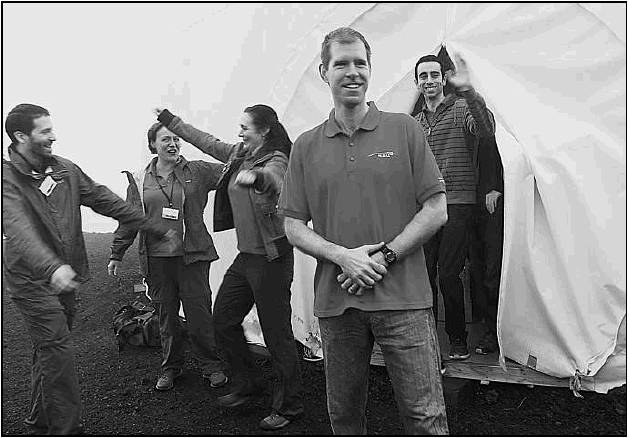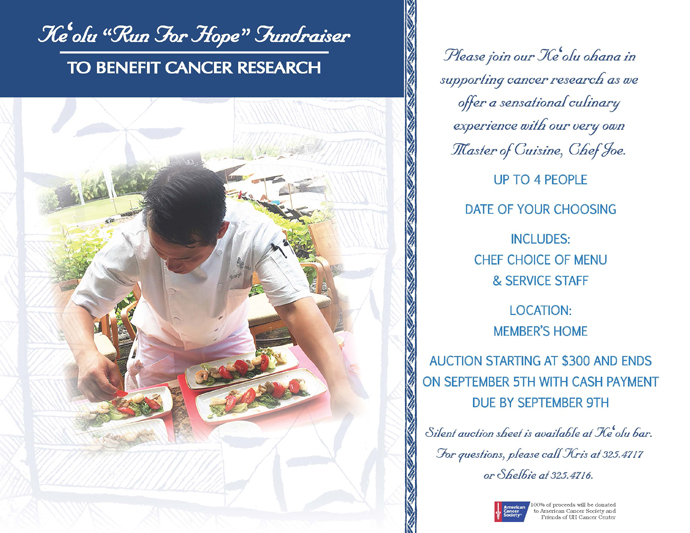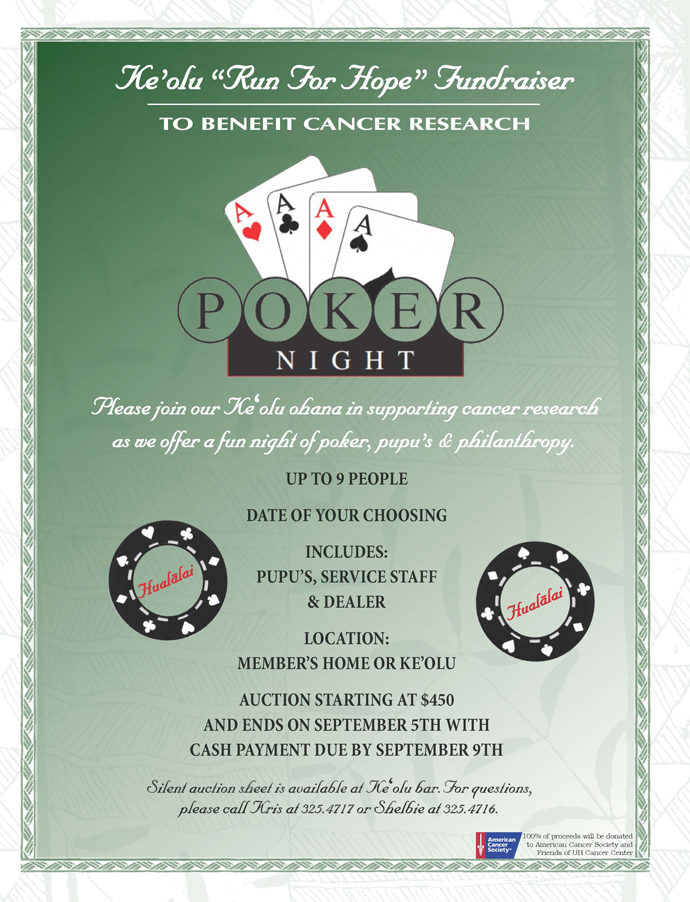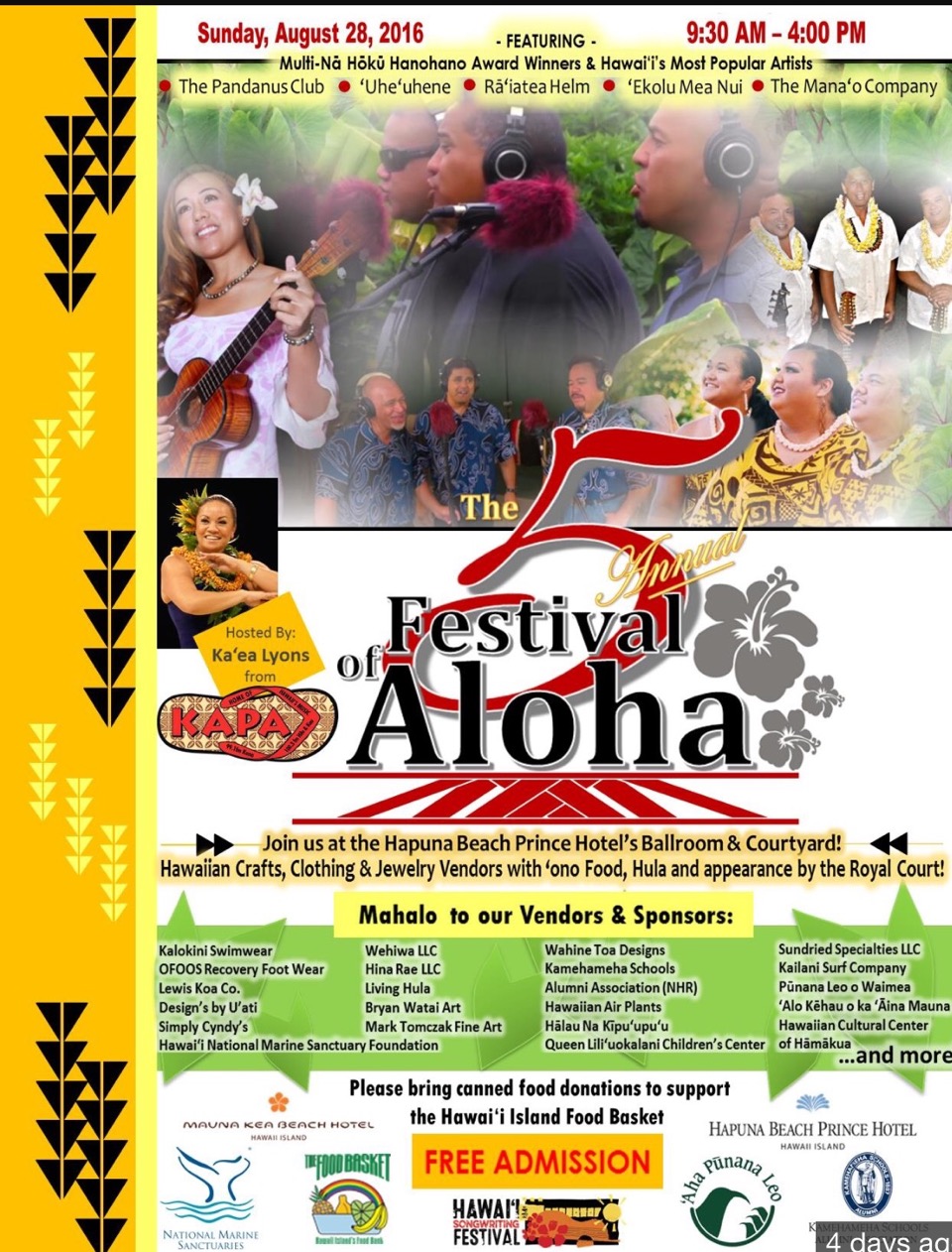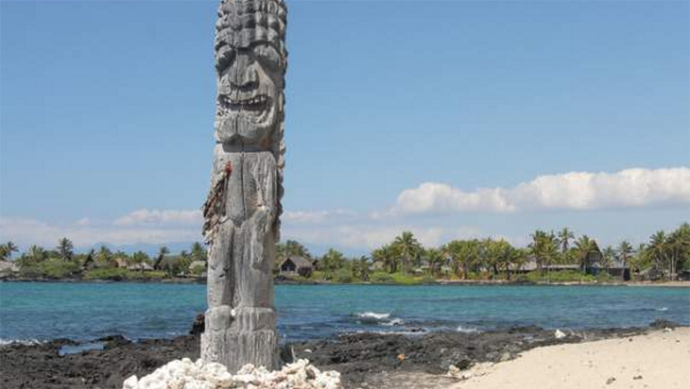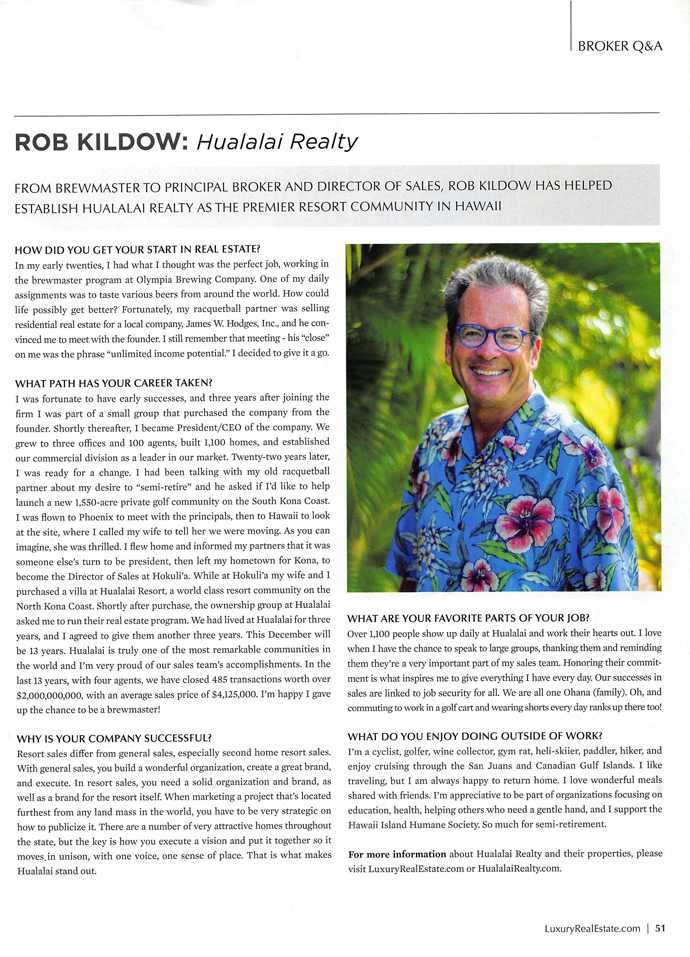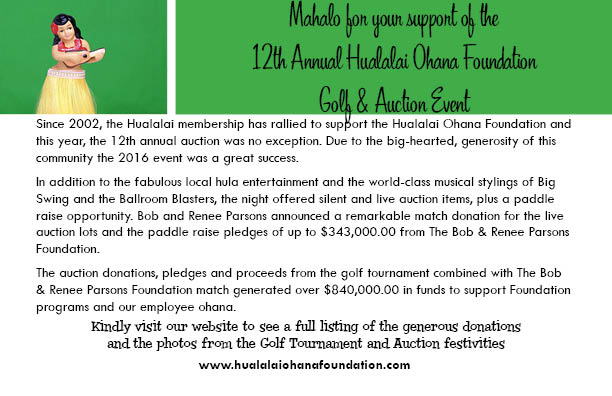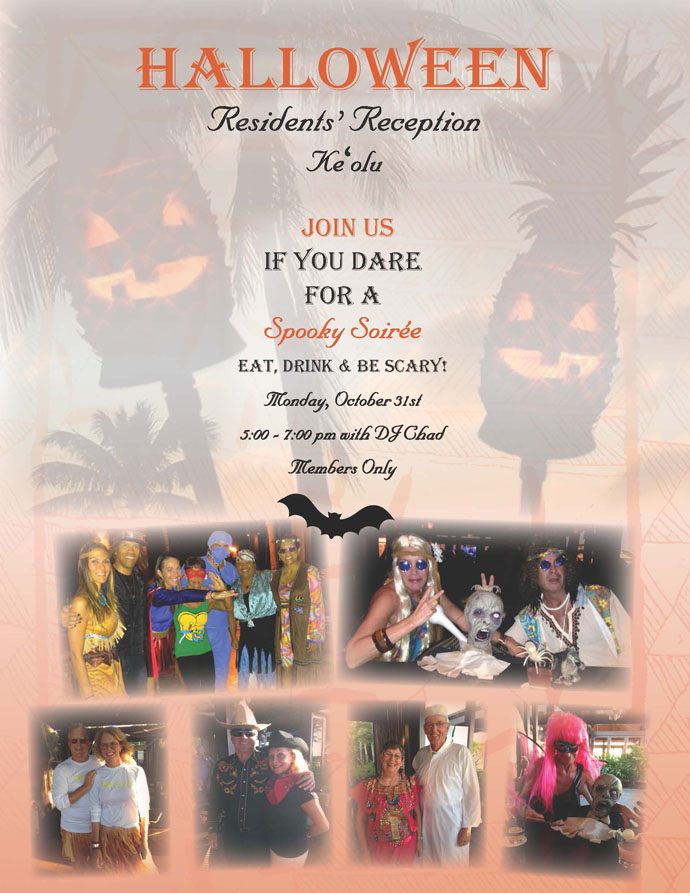
|
Alex Gersznowicz and Eve Bernstein shares with us their experience in Iceland.
Thanks again, Bill Mc Dowell Yesterday we shared Bill McDowell’s photos of Kilauea Lava flowing into the sea. Here are photos of Bill when he took those shots.
Member Bill Mc Dowell shares spectacular shots of Kiluea’s Lava hitting the sea. He left the South End at 2AM and after a 20 minutes boat ride at 30 knots this is what he captured. Thank you Bill Aloha Hualalai Club Member, I am happy to share that the storm has passed without causing any damage to the Club and Resort facilities. We feel positive about the precautionary measures taken, as the safety of our Members, Employees and Guests is our paramount priority. The majority of community services in Hawaii County will re-open today, however most schools will remain closed, which will affect some of our Employees. Now that the storm has passed, we are putting all our efforts into re-establishing our operation as quickly as possible. With this in mind, we will re-open Ke’olu Club operation today and are preparing to have the Clubhouse open as follows: -Ke’olu Golf will be open as of 11:00am -Ke’olu Fitness and Locker rooms will be available at 11:00am -Ke’olu Lunch (with limited menu) will be available from 12 noon -Ke’olu Pool is available for all members, including children today, at 12 noon – Canoe Club, along with all other Club and Resort facilities will reopen by Friday, as early as possible – Resident’s Beach House will reopen Friday for dinner service The resort is accessible for all vendors. We hope you are all safe and well and in the meantime, please reach out to me at 808-896-0392, if we can be of any assistance. Warmest Aloha, Helen Helen Barry, Club Manager Aloha Hualalai Club Member, A Hurricane Watch has been issued for Hawaii County, which means that hurricane conditions are possible within the watch area. Additional information can be found online at the National Hurricane Center http://www.nhc.noaa.gov/ Residents and visitors are advised to take precautions and to prepare for potentially challenging conditions. The situation will continue to be monitored and additional updates will be sent as information is made available. In the event you are not in residence, we recommend you to contact your property manager and ask them to take necessary precautions. In anticipation of Hurricane Madeline — and with the safety and comfort of our Members, Employees and Guests as our highest priority – we have decided to initiate a precautionary closure of the Club and Hotel facilities tomorrow, Wednesday, August 31st, including a closure of the Hotel at 3 p.m. While we apologize for any inconvenience this may cause, we believe this is the most prudent approach given our proximity to the shoreline, our Hotel low-lying bungalow style accommodations, and our location that is close to where the hurricane is expected to pass. We have already initiated several precautionary measures around the Resort, and will continue to do so over the next day and night. We thank you for your patience as we make necessary preparations, which include:
· Our Club and Hotel facilities will offer its full range of services and amenities today, Tuesday, August 30th. Beginning tomorrow, Wednesday, August 31st, breakfast and lunch will be served in our ballroom from 6:30 a.m. until 2:00 p.m. HST. Hualalai Trading Company remains open until 3 p.m. HST, Wednesday, August 31st. No other Club or Hotel services or amenities will be available as we prepare to close the resort. · Hotel guests are being assisted with alternate accommodations on island, which are also available to you and your guests should you have interest. Please call or visit our Club Concierge, at 808-325-8450 should you need assistance. · Your Hualālai Club team continues to closely monitor the progress of Hurricane Madeline. You can expect to receive further communication from myself. A core group of our Security and Engineering team will be stationed at the resort during the closure and can be contacted to assist co-ordinate in the event of any medical emergencies. Once the storm passes, we will assess the property and re-open as soon we can, once we have ensured the resort is safe for our Members. At this time, we expect to reopen Friday, September 2nd, but we will keep you posted with updates. Most importantly, we hope you and your families stay safe and if you have any questions, please do not hesitate to contact me directly at 808-896-0392. Aloha, Helen Helen Barry, Club Manager
HILO, Hawaii — Six scientists have completed a yearlong Mars simulation in Hawaii, where they lived in a dome in near isolation. For the past year, the group in the dome on a Mauna Loa mountain could go outside only while wearing spacesuits. On Sunday, the simulation ended, and the scientists emerged. Cyprien Verseux, a crew member from France, said the simulation shows a mission to Mars can succeed. “I can give you my personal impression, which is that a mission to Mars in the close future is realistic. I think the technological and psychological obstacles can be overcome,” Verseux said. Christiane Heinicke, a crew member from Germany, said the scientists were able to find their own water in a dry climate. “Showing that it works, you can actually get water from the ground that is seemingly dry. It would work on Mars, and the implication is that you would be able to get water on Mars from this little greenhouse construct,” she said. Tristan Bassingthwaighte, a doctor of architecture candidate at University of Hawaii, served as the crew’s architect. “The UH research going on up here is just super vital when it comes to picking crews, figuring out how people are going to actually work on different kinds of missions, and sort of the human-factors element of space travel, colonization, whatever it is you are actually looking at,” Bassingthwaighte said. Kim Binsted, principal investigator for the Hawaii Space Exploration Analog and Simulation (HI-SEAS), said the researchers are looking forward to getting in the ocean and eating fresh produce and other foods that weren’t available in the dome. “HI-SEAS is an example of international collaborative research hosted and run by the University of Hawaii. So it’s really exciting to be able to welcome the crew back to earth and back to Hawaii after a year on Mars,” Binsted said. NASA funded the study run through the University of Hawaii. Binsted said the simulation was the secondlongest of its kind after a mission that lasted 520 days in Russia.
In 2002, the last pair of wild ‘alalā disappeared from the forest. Biologist Paul Banko is fighting to return this rare charismatic bird to the wild.
 The first ‘alalā hatchlings will fly free in September 2016 (Credit: San Diego Zoo Global) Paul Banko has an enviable commute: he rides his bike through cooled lava flows and dense fern forests to reach his office at Hawai‘i Volcanoes National Park. He’s been climbing trees, poking around in nests and rescuing imperilled birds here since his teenage years. Back in the 1960s, his father was the first US Fish and Wildlife Service employee assigned to study Hawaii’s endemic avifauna; young Banko tagged along and later built a career out of bird-watching. Now, he’s a research biologist for the US Geological Survey, and an authority on Hawaiian forest birds. His expertise is crucial as biologists prepare to re-introduce the Hawaiian crow – one of the world’s rarest birds – back into the wild. Hawaiian birds of all types suffered catastrophic decline in the 1800s. Habitat loss, mosquito-borne diseases and predation by introduced rats, cats and mongooses drove scores of native passerines over the cliff of extinction. The ‘alalā, or Hawaiian crow, was poised to follow suit. In 2002, the last pair of wild ‘alalā disappeared from the forest, and now, the species exists only in captivity. But thanks to an intensive breeding program managed by the San Diego Zoo, the ‘alalā is getting a second chance.
Banko is one of the few people alive today who has witnessed Hawaiian crows in their natural habitat. “Hearing the ‘alalā really shakes you,” he said. “At dawn, when it’s still dark, the territorial males start screaming at one another. It raises the hair on your back. During summer, the clouds move in and you’re encased in this quiet, cool mist. When the crows go off, it’s this tremendous contrast. If they’re distant and calling, it adds to the mystique.”
Their Hawaiian name, ‘alalā, means to bawl, yelp, caw or cry. Ancient Hawaiians practiced a style of chanting inspired by the bird: vibrating intonations loud enough to project over the din of battle. But ‘alalā aren’t only screamers. The birds’ diverse vocalizations range from soft mutterings and whistles to metallic growls that recall the twang of an electric bass guitar or a revving engine. Banko recorded hours of this mesmerizing avian chatter back in the 1990s, including behavioural notes with each call. Tucked away in the primordial heart of the park, Banko’s office is surrounded by ambitious tree ferns and epiphytes that threaten to overtake the buildings. Not far away, the molten lake at Halemau‘u Crater spits out smoke and fire, allowing visitors a peek into the fiery origins of the planet. Banko’s desk and shelves are piled high with data collected from this fierce terrain: binders full of field notes, ornithological journals and delicately built birds’ nests. At 66 years of age, the inveterate birder is still able to climb trees and spy on hatchlings. When cradling the nest of an ‘elepaio, the native flycatcher, he marvels with childlike awe at its tight weave of lichens, twigs and poha berry husks. Despite the loss that he’s seen during his career, Banko remains optimistic and even inspired. “You can’t observe species going extinct and not have some way of grappling with it,” he said. Because of his efforts, and those of many others, the caretakers at the San Diego zoo are ready to release a few of their 114 captive ‘alalā into a preserve that neighbours Hawai‘i Volcanoes National Park, giving the Hawaiian crows the most promising chance they’ve had in decades. The San Diego Zoo team is using Banko’s recorded alarm calls to train the captive birds to recognize threats they’ll encounter in the wild. The first six hatchlings will fly free in September 2016, outfitted with GPS tracking devices and carefully monitored. Periodic releases will continue for at least five years, to establish a strong flock with new social skills. “They’re not going to be the same ‘alalā – anymore than we’re the same people who lived 100 or 200 thousand years ago,” Banko said. “This is a time of new development, new behaviors. But it’s the only way forward, so we hope for the best.” Article by Shannon Wianecki…12 August 2016 A thank you to Michael Krysty Aloha, I am now home and going to re-hab as an out patient and doing well. It has been a grim 6 months, since diagnosis and surgery for removal of 3 ruptured discs in my neck. The stenosis had been going on for some time but not until I was walking like a drunk did the MRI show the damage and 90% stenosis of my spinal canal. In the olden days I would have become paralyzed soon and had a grim end. The neurosurgeon at Kaiser Honolulu did a wonderful job , May 17th, of rebuilding and stabilizing my neck with titanium rods and titanium plates . I want to thank all those here at Hualalai that offered support and help , especially Barbara Kildow who took over loving and caring for my cat and Peggy Kent who scoured my wardrobe for clothes to wear during my months stay at Life Care in Kona. Love to all my friends here. Karen WitesmanTwo Weeks Ago
|


